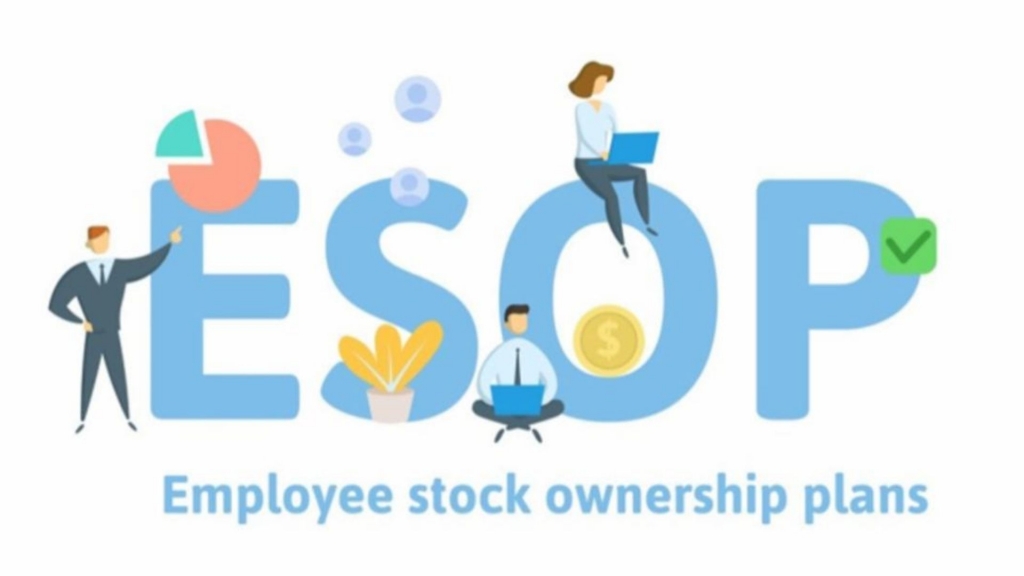What You Need to Know About Selling a Company to Employees – ESOP
Owners with talented successors on board can arrange for key employees to buy the business by setting up an Employee Stock Ownership Plan, or ESOP.


How Selling a Company to Employees through an ESOP Works
ESOP trusts, established by the company, allot shares to each employee, including rank-and-file workers.
The business might make tax-deductible cash contributions to the trust to buy the owner’s shares, contribute new shares to the trust on a tax-deductible basis, or arrange a bank loan for the ESOP to buy the owner’s shares, with the company making deductible contributions to repay the loan…
Depending on how it’s structured, an ESOP offers flexibility and a variety of potential benefits, enabling the owner to:
- Stay in control for years;
- Sell at an attractive valuation;
- Hold on to good managers who will eventually take over the company;
- Enjoy significant tax advantages, in some circumstances including deferred capital gains on the sale.
Secure a Higher Valuation with an ESOP
An exiting business owner typically can secure an attractive valuation for his or her business through an ESOP – qualified defined-contribution plan.
Unlike outside buyers whose bids often disappoint owners, ESOPs generally provide the desired valuation.
Through an ESOP, companies with revenue under $100 million typically can land a price of 6 times EBITDA (earnings-before-interest-taxes-depreciation-and-amortization), while those generating $100 million and higher may be able to obtain 10x EBITDA.
When vested ESOP employees retire or leave the firm, companies often purchase the workers’ stock for cash and place it in the business’s treasury rather than recycling it back to the ESOP.
This strategy can ultimately leave key employees in control once the owner retires.
The design of the ESOP is the most critical thing, cautioning that a company could take a financial hit by continuing to recycle and repurchase former employees’ shares.
Start the Planning Process Early
To help ensure the success of an ESOP, you should start planning and preparing for the transaction as early as possible.
As you prepare, think about such questions as:
- On what approximate date would you like to start the process of transitioning ownership of your business to your employees and/or management team? And by when, ideally, would you like this transition to be complete?
- What are your main goals after the transition is complete, and how much money will you need to gain from the sale to reach these goals? For example, your goals could include retiring or starting another business.
- Are your employees and/or key managers prepared to assume leadership of the business after you are gone? You’ll need to begin identifying and grooming future leadership long before the actual ESOP or MBO process itself commences.
- Will your workers thrive as employee-owners? Not all employees have the kind of entrepreneurial mindset that is necessary to maximize the benefits of an ESOP.
- When is the last time you had a business valuation conducted? You will probably need to have a new valuation performed as the date of the ESOP draws near.

